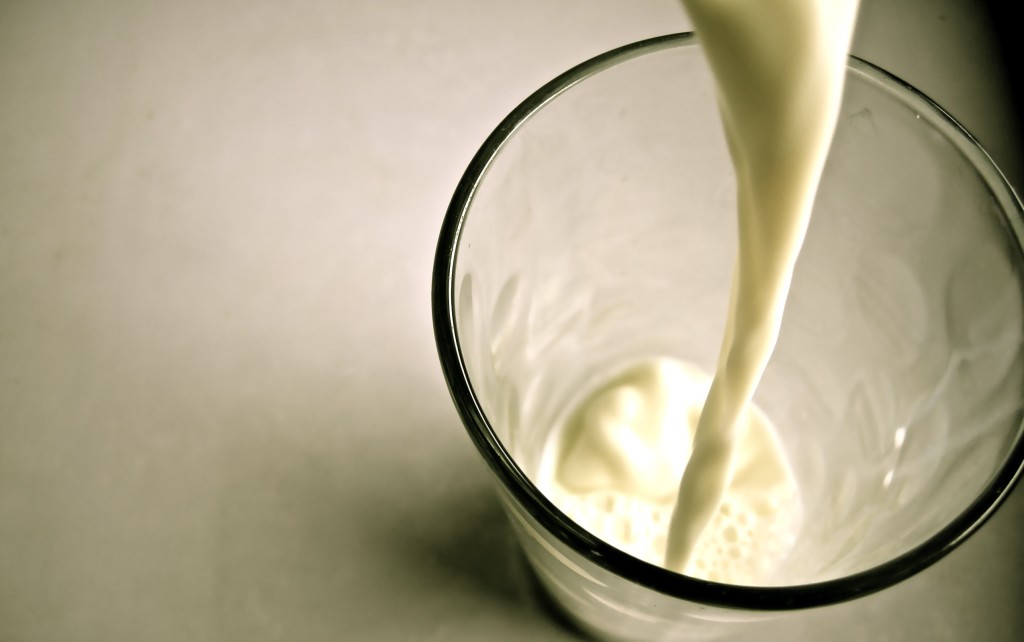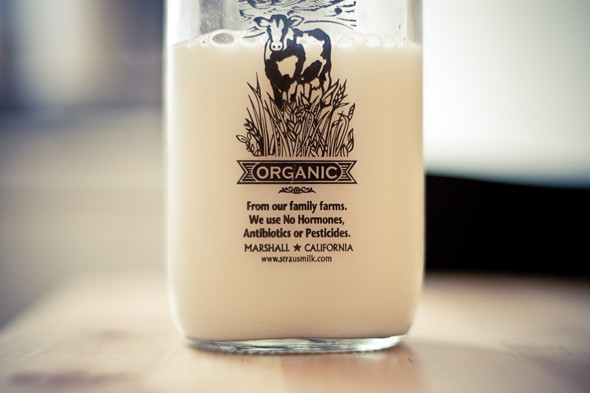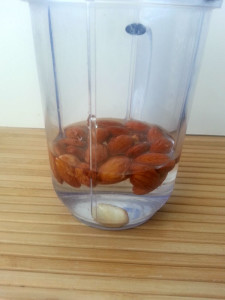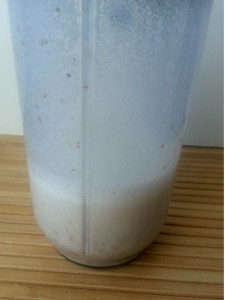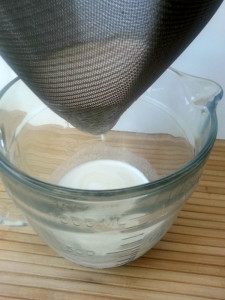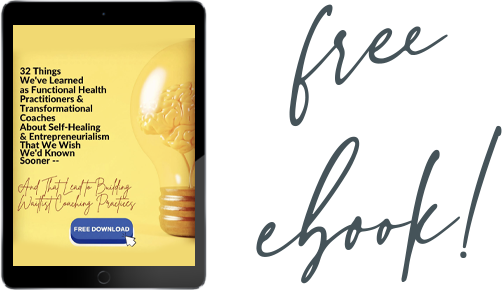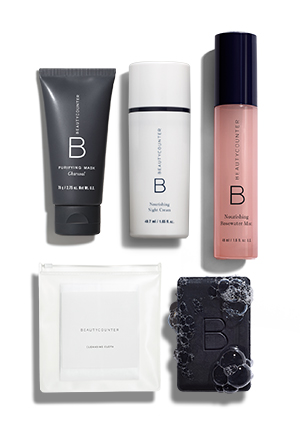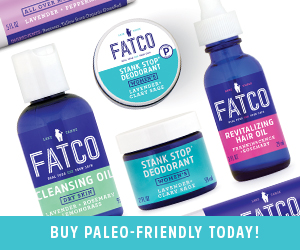21 September, 2013
Mooooooove Over Dairy: All Things Milk
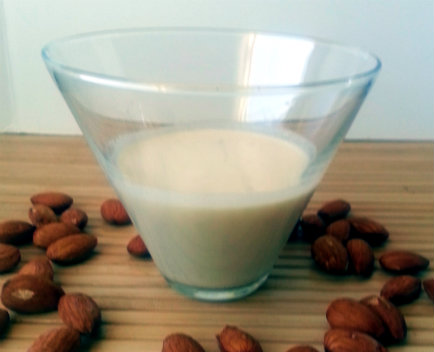
When I am at the grocery store it is a habit of mine to see what things people have in their carts. I can’t help it. The dietitian in me likes to see what people are buying. It is not to judge them, it is more of a interest thing for me. One of the things that I see in those shopping cart more and more is cartons of Almond Milk and Coconut Milk. Dairy alternatives are all the rage right now. To drink dairy or not…that is the question. Whether you drink dairy or not, it is important to know what the best options are for the healthiest milk.
Lactose
Lactase is the enzyme needed to breakdown and digest the sugar in milk called lactose. The major reason some people can’t digest dairy products is they lack the enzyme lactase, which is necessary to break down lactose in the small intestine. Some believe that adults are not meant to drink milk after infancy and lactase enzymes stop producing after weaning. It is estimated that 75% of adults show some decrease in lactase enzyme activity in adulthood. Symptoms of lactose intolerance may include bloating, cramping, gas, diarrhea, nausea, rumbling stomach or vomiting. Symptoms can appear anywhere from 30 minutes to 2 hours after consuming dairy. Lactose intolerance is not an allergy but an immune response. If you think you may be lactose intolerant one of the best things you can do it to cut out dairy and see if your symptoms disappear.
Raw Milk
If you do choose to have dairy as part of your like one of the best sources is raw milk from grass fed pastured cows. Raw milk contains good bacteria, enzymes, fat and cancer fighting CLAs (conjugated linoleic acid). The enzymes found in raw milk may even naturally make milk better to digest. These natural enzymes (and pretty much all good things about milk) are lost during pasteurization which heats the milk to high temperatures to destroy pathogenic microbes. One of the worst side effects of pasteurization is that it can make a lot of the nutrients that are left insoluble. Commercial milk is not only pasteurized at high temperatures but also homogenized. The homogenization process typically involves high temperatures, agitation, and filtration, all aimed at breaking down milk’s naturally occurring fat molecules so that it evenly distributes into the milk. If milk was not homogenized then the cream would rise to the top. If you are aiming for real food then raw is the way to go. If you are thinking to yourself, “I thought milk had to be pasteurized to stop disease,” then I am sure you are not alone. It is actually the industrial farming practices that we have adopted over time that have lead to diseased animals that caused the need for pasteurizing milk. Long ago people had their own cows and would drink the milk fresh but now we raise cows on crowded farms and ship milk from long distances. If you can not find raw milk or just can not bring yourself to drink it then the next best thing would be for organic non-homogenized dairy from cows fed grass. Homogenizing the butterfat in commercial milk can subject the fat to becoming rancid. Check www.realmilk.com to find sources near you.
Low Fat and Skim Milk
A lot of time when fat is removed from milk other things are added in order to compensate for the flavor and texture lost. Nonfat dried milk is added to low fat and fat free milk. This dried milk is likely to be oxidized and rancid which can increase your cholesterol levels making you at higher risk for heart disease. If you read my post about fats you know that eating fat does not make you fat. A 2005 study followed 13,000 children for 3 years and saw a correlation between weight gain and drinking low fat or skim milk. The conclusion was that weight gain is caused by excess calories and not increased fat consumption. The butterfat is whole raw milk from grass fed cows contains nutrients that support thyroid function and help you develop muscle rather than fat. The fat will also help you absorb other fat soluble vitamins found in milk.
Organic Milk
At the very least one of the most important organic products you can ever buy for your family is organic milk. If you can not afford much organic this is one area where you should definitely spend the money. Organic milk does not contain any synthetic growth hormones, and all feed that an animal receives is pesticide-free and organic. Conventional cows can be given rBGH which is a growth hormone that is used to increase the cows production of milk. This hormone can cause infection of the cows udders which then needs to be treated with antibiotics. The use of rBGH can also cause an increase in insulin like growth factors (IGF-1). Excess levels of IGF-1 have been shown to cause breast, colon and prostate cancers. Additionally, IGF-1 blocks natural defense mechanisms against early cancers. At the very least make sure that the milk you buy is hormone free.
Calcium
Milk and dairy are often thought of as the sole source of calcium in our diets but there are other really good sources. We have probably heard that we need to consume calcium in order to build strong bones and prevent diseases like osteoporosis. Some studies have shown that osteoporosis and hip fractures are more increased in populations that eat a lot of dairy. There is a lot of phosphorus in dairy products, and it binds to calcium in our digestive tract making it harder to absorb. I do not necessarily recommend avoiding dairy products but I would not recommend relying on it as a sole source of calcium. Other great sources of calcium are: Kale, Broccoli, Romaine, Cauliflower, sesame seeds, collard greens, spinach, cucumber, turnip greens, nuts, and seeds. When getting all your calcium from higher fat milk you are in turn taking in more calories vs say green leafy vegetables which have about as much or more calcium than milk by the cup plus has added vitamin K, which is also necessary for strong bones.
Goat’s Milk and Cheese
Goat’s milk and goat’s cheese are good options for dairy. The natural enzymes found in the goats milk are much closer to our own and we may digest it better. Raw and unpasteurized is best for the same benefits as raw cows milk. Some people with lactose intolerance have been able to handle goat milk with no ill effects.
Dairy Alternatives
Now back to the start of this post with the popularity of milk alternatives. These are great additions to anyone’s diet especially if they do not tolerate or drink milk. I would suggest that making your own is best because you can control the ingredients. Remember what Natural Flavor can be made from beaver anal gland juice. Here is the list of ingredients in Silk Pure Almond Unsweetened Almond Milk Vanilla…
Almond milk (Filtered Water, Almonds), Sea Salt, Natural Flavor, Locust Bean Gum, Sunflower Lecithin, Gellan Gum.
Even buying organic almond milk doesn’t keep you safe from additives like Pacific Organic Almond Milk Original Unsweetened…
Organic Almond Base (Filtered Water, Organic Almonds), Organic Rice Starch, Sea Salt, Organic Vanilla, Natural Flavor, Carrageenan, Riboflavin (B2), Vitamin A Palmitate, Vitamin D2
Not only does it contain “natural flavor” but it also contains carrageenan which is a possible cancer causing substance. You can read about carrageenan and why is it allowed in organic foods on the Cornucopia Institutes website.
I usually do not recommend Soy Milk since soy is one of the most genetically modified foods. Soy has also been linked to malnutrition, digestive distress, immune-system dysfunction, thyroid problems, reproductive disorders and infertility.
Making your own milk alternative is so easy. You can make milk from just about any nut, coconut meat, or seed such as hemp. I will show you the step by step process…
1. Some nuts work best if you soak them overnight, such as almonds. If you make milk from hemp seeds I generally do not soak them.
2. Drain and rinse the nuts. Add fresh water and nuts to a blender. You will use 1 part almonds to 2 parts water. For the one serving I made here I used 1/4 c almonds and 1/2 cup water.
3. Blend until you get a milk. One minute or less and you have made milk.
4. Dump the nut milk into a fine strainer. Let the milk drain and using the back of a spoon I push excess liquid out of the nut pulp. You can add some honey or vanilla if you want to flavor the milk but that it is. I do not let the nut pulp go to waste. I save it in small jars in my freezer to use in recipes or put it on a sheet pan overnight in a 170 degree oven to let dry then pulse in my food processor and make my own almond flour.
- 1 cup raw almonds (only raw, not roasted or salted)
- 2 cups water, plus more for soaking
- Honey to taste (optional)
- Vanilla to taste (optional)
- Cover the almonds in water and soak overnight.
- Drain and rinse the almonds.
- Combine the almonds and water in a blender.
- Blend at high speed until milk forms, about 1 minute.
- Strain the almonds with a fine strainer. (I prefer this over a nut bag because it is less messy in my opinion)
- Press the nut pulp with the back of a spoon to remove all the milk.
- Store the milk in a jar in the fridge for up to two days.



